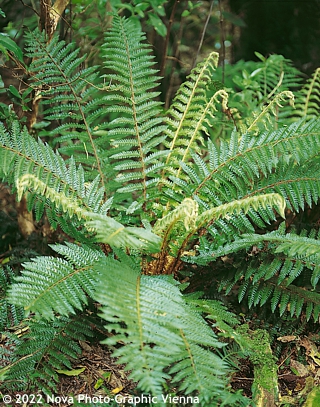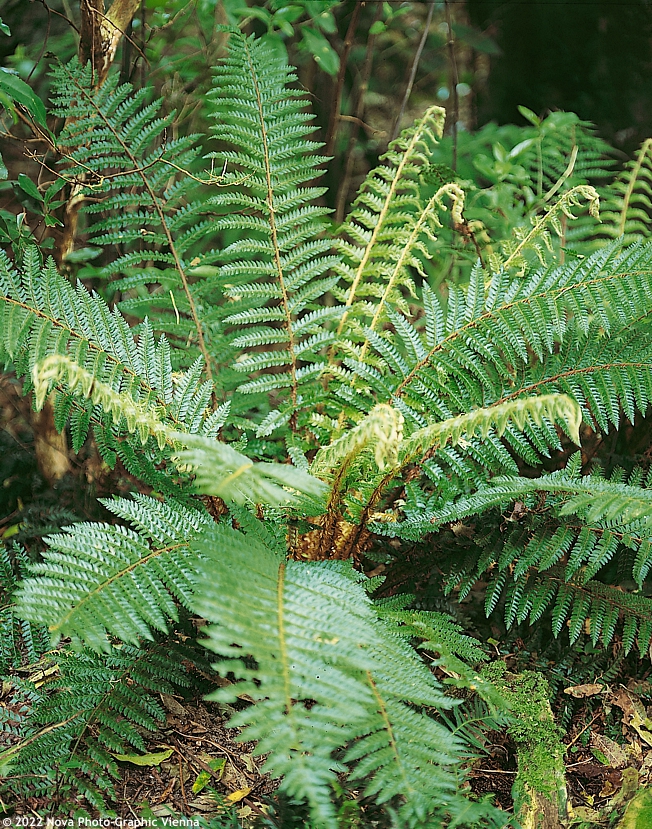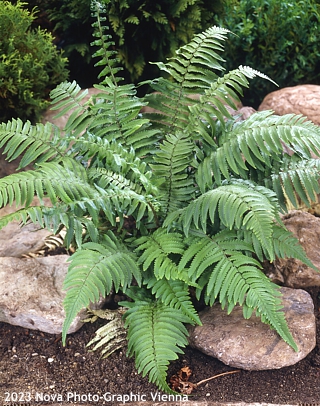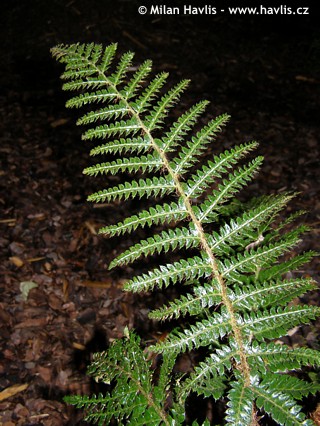Polystichum braunii Braun's holly fern


Braun's holly fern grows on shady forest slopes with sufficient humidity but good drainage It does not tolerate hot rockeries and dry subsoil. It is best suited to calcareous (alkaline) soil, in nature it often grows on sandstone-clay sedimentary layers. At first glance, it looks like an evergreen species, but don't be surprised when the leaves turn brown after the first severe frosts - they are deciduous to semi-deciduous. After the winter, always remove all foliage and let the whole plant re-grow again with new and fresh leaves. Hardy to approx. -40 ° C (USDA zone 3).
Last update: 16-02-2022
Goods are shipped all over Europe. For Russia and U.K. and for further details please read about SHIPPING OPTIONS HERE.
Are you interested in a serious discount for orders NOV-FEB? Check your options here.
THE PRICES INCLUDE VAT of 15%. For quick conversion you can use 1 CZK = approx. 0.04 EUR
- STANDARD QUALITY - Plants of this group are 1st class quality with number of branches and overall density adequate to their size and age, considering they were container grown.
- DE LUXE QUALITY - This label guarantees a luxurious quality of manually selected plants that, compared to their height and age, are exceptionally dense and beautiful.
- EXTRA - These plants are usually mature and bigger specimens with exceptional overall appearance.
- STANDARD (as described in the plant form) means a tree with a trunk of 190-210 cm and a crown at the top, unless specified differently. The commercial size for trees is their girth measured in the height of 1m from ground.
- HOBBY - These plants are of the same quality as our standard-quality plants but younger and therefore cheaper.
- SHRUB - a woody plant with branches growing bushy from the ground level.
- HALF-STANDARD or MINI-STANDARD - a small tree with shorter trunk, its size is usually specified.
- FEATHERED - These are trees with branches growing already from the base of the trunk and up along the stem.
- GRASSES and PERENNIALS - Sizes given usually read the diameter of the pot or the clump, as specified.

















